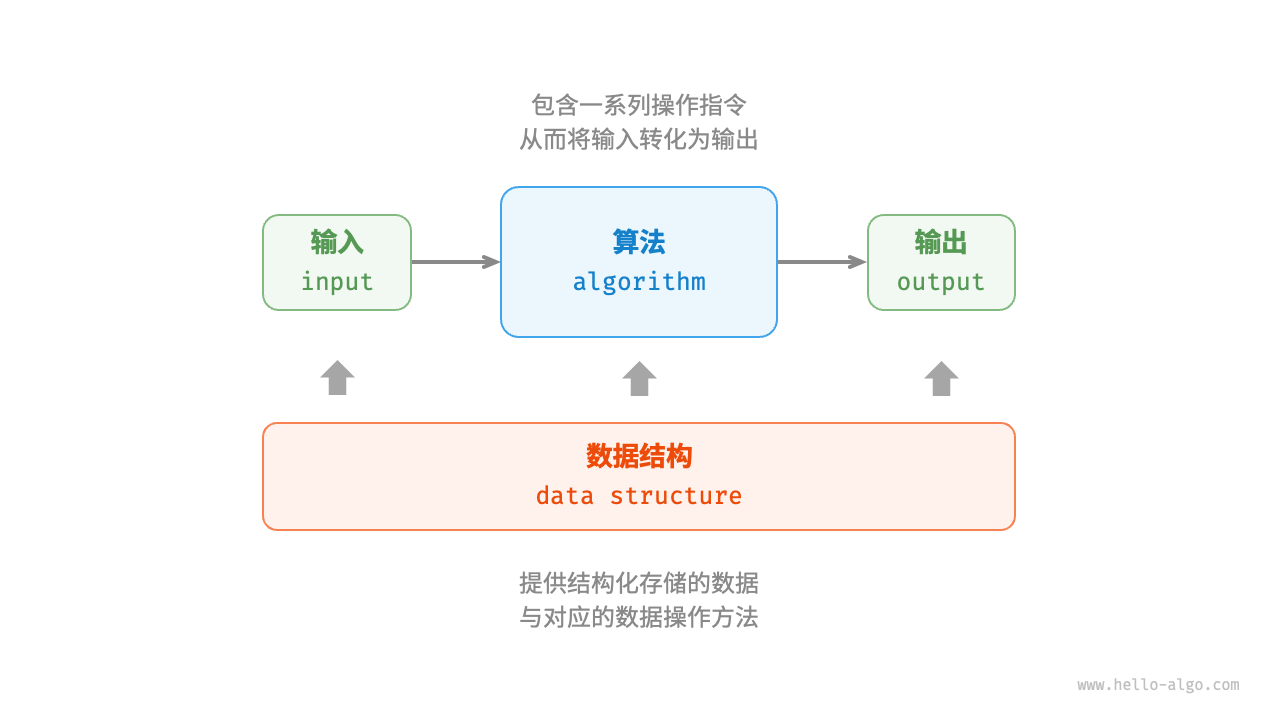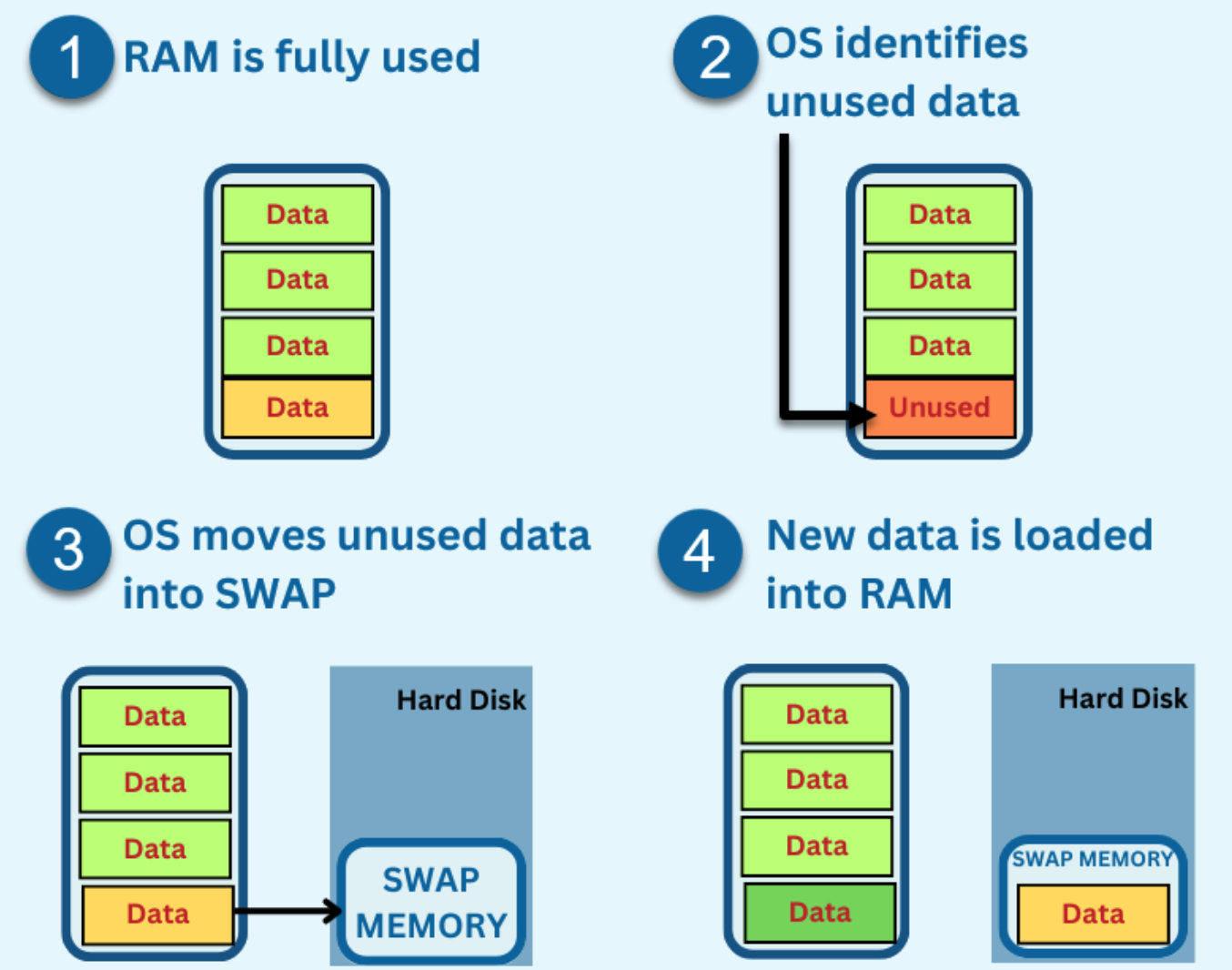STM32第十二节(中级篇):串口通信(第二节)——串口固件库函数以及串口发送和接收代码讲解
串口固件库函数
代码片段
/**
* @brief USART Init Structure definition
*/
typedef struct
{
uint32_t USART_BaudRate; /*!< This member configures the USART communication baud rate.
The baud rate is computed using the following formula:
- IntegerDivider = ((PCLKx) / (16 * (USART_InitStruct->USART_BaudRate)))
- FractionalDivider = ((IntegerDivider - ((u32) IntegerDivider)) * 16) + 0.5 */
uint16_t USART_WordLength; /*!< Specifies the number of data bits transmitted or received in a frame.
This parameter can be a value of @ref USART_Word_Length */
uint16_t USART_StopBits; /*!< Specifies the number of stop bits transmitted.
This parameter can be a value of @ref USART_Stop_Bits */
uint16_t USART_Parity; /*!< Specifies the parity mode.
This parameter can be a value of @ref USART_Parity
@note When parity is enabled, the computed parity is inserted
at the MSB position of the transmitted data (9th bit when
the word length is set to 9 data bits; 8th bit when the
word length is set to 8 data bits). */
uint16_t USART_Mode; /*!< Specifies wether the Receive or Transmit mode is enabled or disabled.
This parameter can be a value of @ref USART_Mode */
uint16_t USART_HardwareFlowControl; /*!< Specifies wether the hardware flow control mode is enabled
or disabled.
This parameter can be a value of @ref USART_Hardware_Flow_Control */
} USART_InitTypeDef;
本节课的代码是基础的配置,在后续学习以及编写代码的时候有很大的作用在上述代码中,就是对于USART结构体的初始化,我们可以在野火的资料盘中找到,在stm32f10x_usart.h文件中可以找到。我们观察这段代码,逐行解释代码部分。
结构体参数解释
uint32 _t USART BaudRate; //波特率 BRR
uint16_t USART WordLength; //字长 CR_1/M
uint16_t USART StopBits; //停止位 CR_2/STOP
uint16_t USART Parity; //校验控制 CR_1 PCE、CR_1 PS
uint16_t USART Mode; //模式选择CR_1 TE、CR_1 RE
// 硬件流选择 CR_3 CTSE、CR_3 RTSE:
uintl6_t USART HardwareFlowControl;
结构体参数配置
字长可以设置为八位或九位,详细内容在上节课有细致讲到。
每一段数据传输的时候都要有停止位(STOP),对于STOP来说,有四个可选择的时间段。
如果有效验位的话,会分为奇效验和偶效验两种效验方式,当然也可以选择没有效验位。
对于USART模式上的选择来说,有输入数据和输出数据的选择。
/** @defgroup USART_Word_Length
* @{
*/
#define USART_WordLength_8b ((uint16_t)0x0000)
#define USART_WordLength_9b ((uint16_t)0x1000)
#define IS_USART_WORD_LENGTH(LENGTH) (((LENGTH) == USART_WordLength_8b) || \
((LENGTH) == USART_WordLength_9b))
/** @defgroup USART_Stop_Bits
* @{
*/
#define USART_StopBits_1 ((uint16_t)0x0000)
#define USART_StopBits_0_5 ((uint16_t)0x1000)
#define USART_StopBits_2 ((uint16_t)0x2000)
#define USART_StopBits_1_5 ((uint16_t)0x3000)
#define IS_USART_STOPBITS(STOPBITS) (((STOPBITS) == USART_StopBits_1) || \
((STOPBITS) == USART_StopBits_0_5) || \
((STOPBITS) == USART_StopBits_2) || \
((STOPBITS) == USART_StopBits_1_5))
/** @defgroup USART_Parity
* @{
*/
#define USART_Parity_No ((uint16_t)0x0000)
#define USART_Parity_Even ((uint16_t)0x0400)
#define USART_Parity_Odd ((uint16_t)0x0600)
#define IS_USART_PARITY(PARITY) (((PARITY) == USART_Parity_No) || \
((PARITY) == USART_Parity_Even) || \
((PARITY) == USART_Parity_Odd))
/** @defgroup USART_Mode
* @{
*/
#define USART_Mode_Rx ((uint16_t)0x0004)
#define USART_Mode_Tx ((uint16_t)0x0008)
#define IS_USART_MODE(MODE) ((((MODE) & (uint16_t)0xFFF3) == 0x00) && ((MODE) != (uint16_t)0x00))
/** @defgroup USART_Hardware_Flow_Control
* @{
*/
#define USART_HardwareFlowControl_None ((uint16_t)0x0000)
#define USART_HardwareFlowControl_RTS ((uint16_t)0x0100)
#define USART_HardwareFlowControl_CTS ((uint16_t)0x0200)
#define USART_HardwareFlowControl_RTS_CTS ((uint16_t)0x0300)
#define IS_USART_HARDWARE_FLOW_CONTROL(CONTROL)\
(((CONTROL) == USART_HardwareFlowControl_None) || \
((CONTROL) == USART_HardwareFlowControl_RTS) || \
((CONTROL) == USART_HardwareFlowControl_CTS) || \
((CONTROL) == USART_HardwareFlowControl_RTS_CTS))
以上就是有关结构体的参数构建,这个是最基本都要会的结构体,当然,还有同步时钟初始化结构体的相关构建。
同步时钟初始化结构体
代码展示
typedef struct
{
uint16_t USART_Clock; /*!< Specifies whether the USART clock is enabled or disabled.
This parameter can be a value of @ref USART_Clock */
uint16_t USART_CPOL; /*!< Specifies the steady state value of the serial clock.
This parameter can be a value of @ref USART_Clock_Polarity */
uint16_t USART_CPHA; /*!< Specifies the clock transition on which the bit capture is made.
This parameter can be a value of @ref USART_Clock_Phase */
uint16_t USART_LastBit; /*!< Specifies whether the clock pulse corresponding to the last transmitted
data bit (MSB) has to be output on the SCLK pin in synchronous mode.
This parameter can be a value of @ref USART_Last_Bit */
} USART_ClockInitTypeDef;
结构体配置
/** @defgroup USART_Clock
* @{
*/
#define USART_Clock_Disable ((uint16_t)0x0000)
#define USART_Clock_Enable ((uint16_t)0x0800)
#define IS_USART_CLOCK(CLOCK) (((CLOCK) == USART_Clock_Disable) || \
((CLOCK) == USART_Clock_Enable))
/** @defgroup USART_Clock_Polarity
* @{
*/
#define USART_CPOL_Low ((uint16_t)0x0000)
#define USART_CPOL_High ((uint16_t)0x0400)
#define IS_USART_CPOL(CPOL) (((CPOL) == USART_CPOL_Low) || ((CPOL) == USART_CPOL_High))
/** @defgroup USART_Clock_Phase
* @{
*/
#define USART_CPHA_1Edge ((uint16_t)0x0000)
#define USART_CPHA_2Edge ((uint16_t)0x0200)
#define IS_USART_CPHA(CPHA) (((CPHA) == USART_CPHA_1Edge) || ((CPHA) == USART_CPHA_2Edge))
/** @defgroup USART_Last_Bit
* @{
*/
#define USART_LastBit_Disable ((uint16_t)0x0000)
#define USART_LastBit_Enable ((uint16_t)0x0100)
#define IS_USART_LASTBIT(LASTBIT) (((LASTBIT) == USART_LastBit_Disable) || \
((LASTBIT) == USART_LastBit_Enable))
串口编程常用函数
我们在编程的时候常用的几个固件库函数一共有六个。接下来就仔细地为大家讲一下这六个函数。分别是串口初始化函数,中断配置函数,串口使能函数,数据发送函数,数据接收函数,中断状态位获取函数。
串口初始化函数(void USART_Init(USART_TypeDef* USARTx, USART_InitTypeDef* USART_InitStruct);)
中断配置函数(void USART_ITConfig(USART_TypeDef* USARTx, uint16_t USART_IT, FunctionalState NewState);)
串口使能函数(void USART_Cmd(USART_TypeDef* USARTx, FunctionalState NewState);)
数据发送函数(void USART_SendData(USART_TypeDef* USARTx, uint16_t Data);)
数据接收函数(void USART_SendBreak(USART_TypeDef* USARTx);)
中断状态位获取函数(ITStatus USART_GetITStatus(USART_TypeDef* USARTx, uint16_t USART_IT);)
至此,全部理论部分就结束了,接下来就是代码的讲解:
串口发送和接收
硬件设计

TTL转USB电平(要有CH340驱动)
今天所编写的第一个代码要求如下:
单片机给电脑发送数据,电脑上位机把数据打印出来;
电脑上位机给单片机发数据,单片机接收到数据之后立马发回给电脑,并打印出来。
编程流程
1.初始化串口需要用到的GPIO
这些代码都放在了bsp_usart.h文件中,采用宏定义把我们所需要的usart串口所需要的GPIO引脚定义好:
// 串口1-USART1
#define DEBUG_USARTx USART1
#define DEBUG_USART_CLK RCC_APB2Periph_USART1
#define DEBUG_USART_APBxClkCmd RCC_APB2PeriphClockCmd
#define DEBUG_USART_BAUDRATE 115200
// USART GPIO 引脚宏定义
#define DEBUG_USART_GPIO_CLK (RCC_APB2Periph_GPIOA)
#define DEBUG_USART_GPIO_APBxClkCmd RCC_APB2PeriphClockCmd
#define DEBUG_USART_TX_GPIO_PORT GPIOA
#define DEBUG_USART_TX_GPIO_PIN GPIO_Pin_9
#define DEBUG_USART_RX_GPIO_PORT GPIOA
#define DEBUG_USART_RX_GPIO_PIN GPIO_Pin_10
#define DEBUG_USART_IRQ USART1_IRQn
#define DEBUG_USART_IRQHandler USART1_IRQHandler2.初始化串口,USART_InitTypeDef,使能串口,中断配置(接收中断,中断优先级)
首先,我们先定义结构体GPIO_InitTypeDef GPIO_InitStructure和USART_InitTypeDef USART_InitStructure;然后配置GPIO,首先打开APB2_GPIOA的时钟。然后就是串口外设的时钟,再接着就配置GPIO模式(老三套);配置USART Rx位浮空输入模式;就是我们刚刚讲的那几个串口结构体参数配置;
void USART_Config(void)
{
GPIO_InitTypeDef GPIO_InitStructure;
USART_InitTypeDef USART_InitStructure;
// 打开串口GPIO的时钟
DEBUG_USART_GPIO_APBxClkCmd(DEBUG_USART_GPIO_CLK, ENABLE);
// 打开串口外设的时钟
DEBUG_USART_APBxClkCmd(DEBUG_USART_CLK, ENABLE);
// 将USART Tx的GPIO配置为推挽复用模式
GPIO_InitStructure.GPIO_Pin = DEBUG_USART_TX_GPIO_PIN;
GPIO_InitStructure.GPIO_Mode = GPIO_Mode_AF_PP;
GPIO_InitStructure.GPIO_Speed = GPIO_Speed_50MHz;
GPIO_Init(DEBUG_USART_TX_GPIO_PORT, &GPIO_InitStructure);
// 将USART Rx的GPIO配置为浮空输入模式
GPIO_InitStructure.GPIO_Pin = DEBUG_USART_RX_GPIO_PIN;
GPIO_InitStructure.GPIO_Mode = GPIO_Mode_IN_FLOATING;
GPIO_Init(DEBUG_USART_RX_GPIO_PORT, &GPIO_InitStructure);
// 配置串口的工作参数
// 配置波特率
USART_InitStructure.USART_BaudRate = DEBUG_USART_BAUDRATE;
// 配置 针数据字长
USART_InitStructure.USART_WordLength = USART_WordLength_8b;
// 配置停止位
USART_InitStructure.USART_StopBits = USART_StopBits_1;
// 配置校验位
USART_InitStructure.USART_Parity = USART_Parity_No ;
// 配置硬件流控制
USART_InitStructure.USART_HardwareFlowControl =
USART_HardwareFlowControl_None;
// 配置工作模式,收发一起
USART_InitStructure.USART_Mode = USART_Mode_Rx | USART_Mode_Tx;
// 完成串口的初始化配置
USART_Init(DEBUG_USARTx, &USART_InitStructure);
// 串口中断优先级配置
NVIC_Configuration();
// 使能串口接收中断
USART_ITConfig(DEBUG_USARTx, USART_IT_RXNE, ENABLE);
// 使能串口
USART_Cmd(DEBUG_USARTx, ENABLE);
}在电脑上位机向单片机传输数据时会有中断的产生,所以我们在这里还要配置中断函数,调节中断优先值,最后使能串口。
3.编写中断服务函数
static void NVIC_Configuration(void)
{
NVIC_InitTypeDef NVIC_InitStructure;
/* 嵌套向量中断控制器组选择 */
/* 提示 NVIC_PriorityGroupConfig() 在整个工程只需要调用一次来配置优先级分组*/
NVIC_PriorityGroupConfig(NVIC_PriorityGroup_2);
/* 配置USART为中断源 */
NVIC_InitStructure.NVIC_IRQChannel = DEBUG_USART_IRQ;
/* 抢断优先级*/
NVIC_InitStructure.NVIC_IRQChannelPreemptionPriority = 1;
/* 子优先级 */
NVIC_InitStructure.NVIC_IRQChannelSubPriority = 1;
/* 使能中断 */
NVIC_InitStructure.NVIC_IRQChannelCmd = ENABLE;
/* 初始化配置NVIC */
NVIC_Init(&NVIC_InitStructure);
}4.编写发送和接收函数
那么我们可以试着编写一个固件库函数使得我们可以发送一个字节:
首先我们确定参数输入,指定需要的串口,和一个字节的数据(只能是八位);接下来找到SendData函数,第一个形参为串口名,第二个形参为八位的数据;根据上节课的知识,应该是发送数据寄存器为空。我们进入循环,判断USART_GetFlagStatus(形参为串口名和USART_FLAG_TXE位)是否为空。
/***************** 发送一个字节 **********************/
void Usart_SendByte( USART_TypeDef * pUSARTx, uint8_t ch)
{
/* 发送一个字节数据到USART */
USART_SendData(pUSARTx,ch);
/* 等待发送数据寄存器为空 */
while (USART_GetFlagStatus(pUSARTx, USART_FLAG_TXE) == RESET);
}小结
创作不易,点个三连关注一下吧!!

















![nssctf-[SWPUCTF 2022 新生赛]1z_unserialize-简单的序列化题目](https://i-blog.csdnimg.cn/direct/68415e394f554d599270fbe9440ef65e.png)

